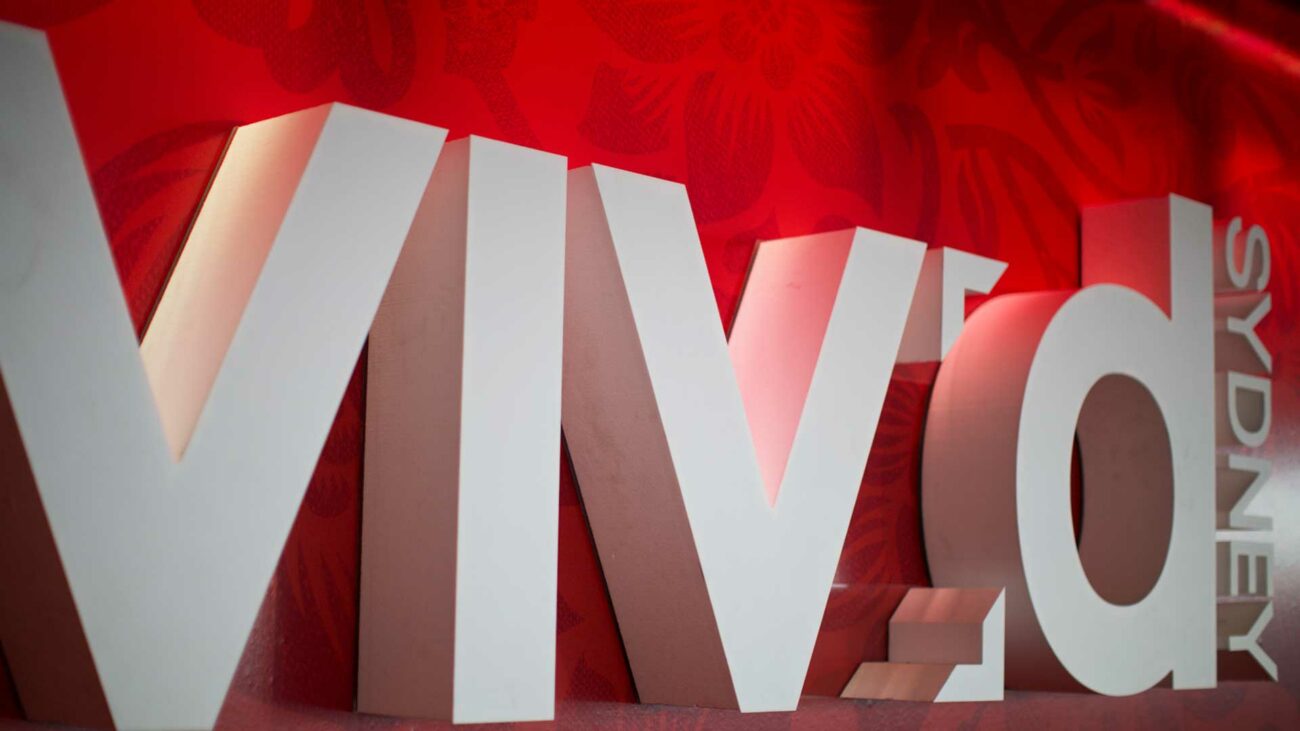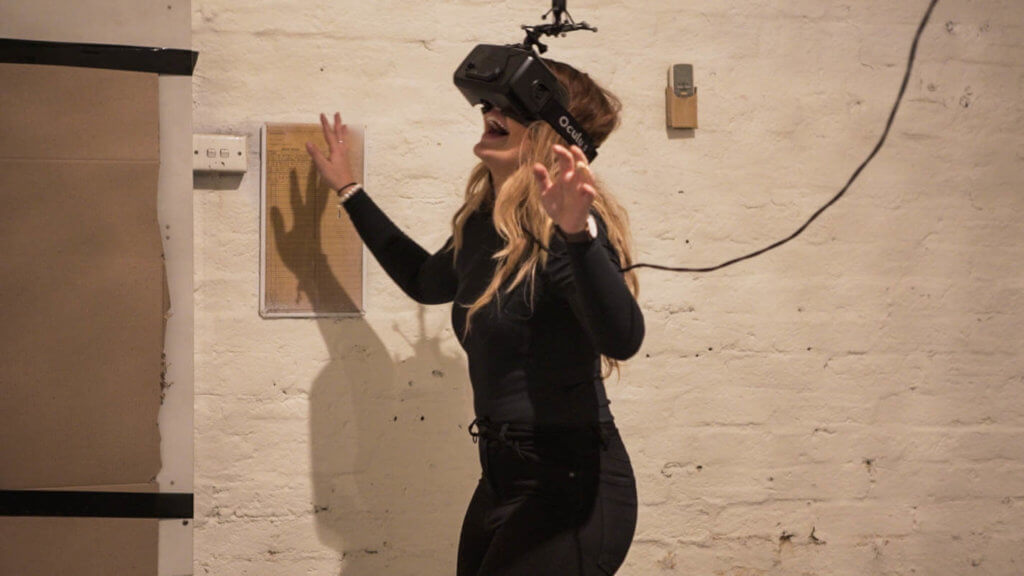Vivid Ideas Recap: The interactive future of brands + storytelling

Our interactive futures
From augmented and virtual reality to artificial intelligence, emerging technologies are rapidly redefining the way we interact. While storytelling has been around for centuries, these innovations herald a new way to experience stories: through interactivity.
At Vivid Ideas’ Imagining an Interactive Brand, we brought together a panel of Australia’s most creative minds to explore how the interactive technologies are revolutionising the way we communicate with audiences through story.
Throughout the event, we leveraged the collective brainpower of S1T2 moderator Tash Tan, social innovator Allan Soutaris from SecondMuse, Adobe’s senior marketer Clare Cahill, S1T2’s chief technical officer Naimul Khaled, and co-founder of Studio Mod Michela Ledwidge to discover how interactive technologies can be used to create intimate, human experiences.
In case you missed it, check out this feature from AdNews, this piece from Huffington Post, or read on for our recap of the event.

Interactivity, storytelling + technology
The combination of story, technology and interaction creates more meaningful, engaging experiences.
In a world where much of the content we consume is fleeting and insubstantial by design, our panelists agreed that interactivity may be the key to cutting through the noise and creating truly engaging experiences. Why? Because interactive content is just that, interactive. These stories not only invite but encourage audiences to get involved, and in doing
But it’s important to realise that interactivity isn’t the only part of the equation. Storytelling also plays a crucial role in these kinds of experiences, as does technology.
Not only are we concerned with the human dialogue of storytelling but how the representational power of computers can be used to facilitate and enhance this conversation for both immersion and empathy.

Tools + platforms
The tools used to create interactive stories are only part of the story; it’s platforms of consumption that will drive success.
When it comes to producing these interactive stories, it’s important to consider not just the technology, but the tools with which it is created and consumed. While the development and democratisation of tools for creating interactive experiences is well underway, there’s a gap in the market at the moment when it comes to platforms for consumption.
The platform of consumption needs to be ubiquitous for it to work. As long as it’s new media, it’s really hard for companies to invest in it
And that goes for audiences too. It doesn’t matter how good the technology or tools are if audiences can’t actually access the content. This is especially true with interactive experiences, where the story can only be fully realised when it’s in the audience’s hands.
Virtual reality: Staple or novelty?
Virtual reality is here to stay, but it’s not done evolving yet.
From Facebook’s acquisition of Oculus to Sony’s release of Playstation VR, it’s hard to debate the fact that virtual reality is living out its renaissance today. But is virtual reality here to stay? Will it survive its current rebirth? That proved to be one of the most controversial questions posed to the panel throughout the entire event. Michela, like the rest of the panel, is fairly convinced that the medium is here to stay.

There comes a time when every VR title has to understand what it does better than the non-VR equivalent.
Michela’s caveat is that virtual reality will never replace other communication technologies, but sit alongside them, which is definitely something we’ve found through our work. There’s no denying that we’re certainly very excited about all the immersive wonder that virtual reality has to offer. But the story, the message, the meaning always has to come first.
The humanity of interactive experience
Embracing interactive storytelling allows creatives and brands alike to connect with audiences on a more personal, emotional level.
Like all good things that come in threes, interactivity, storytelling, and technology form a powerful combination. But when it comes to actually bringing this combination to life, the panel argued that there’s still one more thing we need to consider: humanity.
This holds true even for brands and marketers. The panel’s resident marketing mind, Clare, is an advocate for what she calls “causing the goosebumps” – finding ways to use interactive technology to connect emotionally with a brand. She’s even gone as far as to define emotion as the new measure of engagement.
We’re human beings. As much as technology is an important part of brand storytelling, human connection is still invaluable

It’s about asking people what they need and finding out what’s going to work for the audience, for the users.
At the end of the day, it was clear that the two-way communication between humans and technology that interactivity allows is key.
An interactive future
When asked about the future of interactivity, answers from the panel ranged from artificial intelligence to ambient computing, customer-centred design to web-based virtual reality. Regardless of whether all or none of these predictions come true, interactivity is adding an intriguing new chapter to the story of humanity, and we’re excited to be a part of it.







